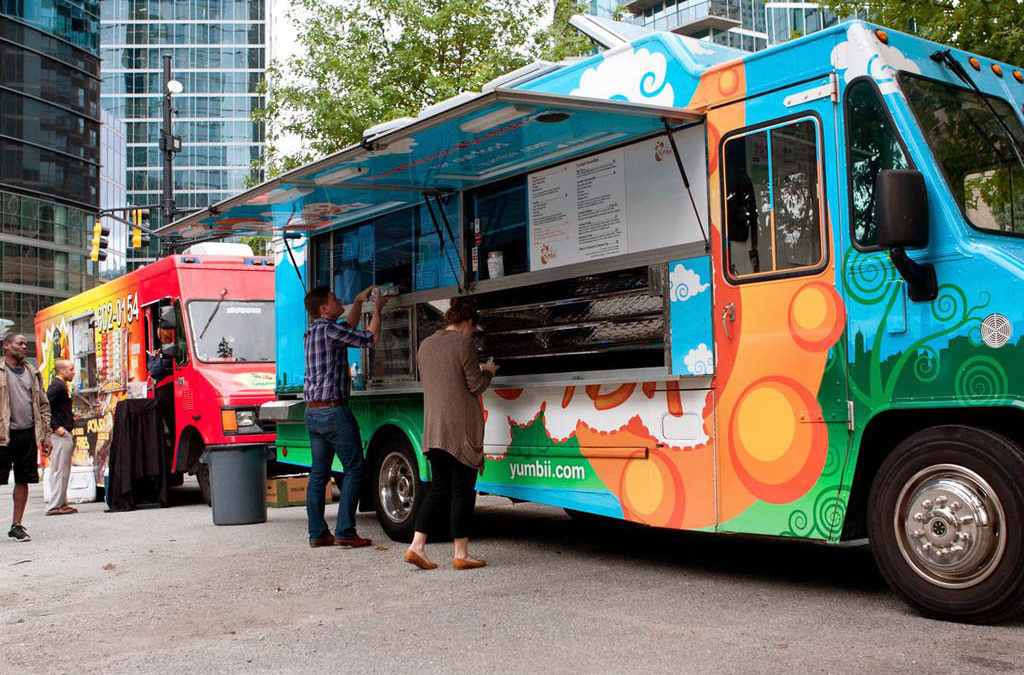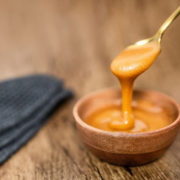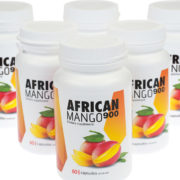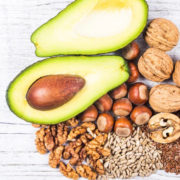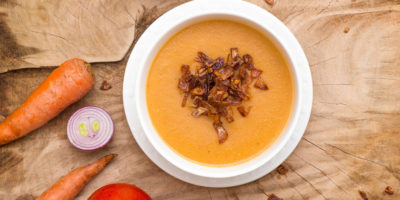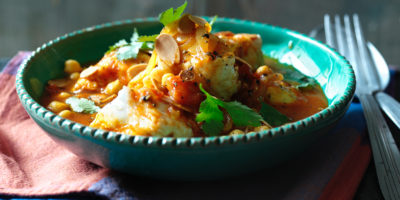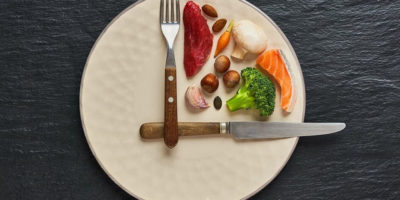Barbera d’Asti wine is one of the most famous Italian wines. It has been exported worldwide and is considered a jewel of the Made in Italy brand. It has existed since the beginning of the 18th century, but when it changed from a humble, mild wine to the full-bodied wine we know today, its popularity grew enormously. Barbera d’Asti became a DOC wine (denomination of controlled origin) in 1970 and received the superior DOCG status ("denomination of controlled and guaranteed origin") in 2008.
Barbera d’Asti wine is made for 90% exclusively of Barbera grapes and the remaining 10% of a variable percentage of other grapes, usually Dolcetto, Freisa or Grignolino, all grown in the Piedmont provinces of Asti and Alessandria in the numerous communes that also produce Barbera d’Alba and Barbera del Monferrato. The Barbera grape variety has a dark ruby colour tending towards garnet with age. The perfume is intense but delicate, while to the palate it is full and dry with a lively acidity and soft tannic flavour which becomes warm and harmonious with maturity. A good quantity of anthocyanins responsible for the red colour, plus low levels of tannins than Nebbiolo give Barbera d’Asti wine a strong, crisp taste.
The overall minimum alcohol content is 12% (12% for the lively sparkling version, 12.5% for the Superiore version), but Barbara d’Asti wine is widely known as a round, full-bodied wine made from the typical pyramid shaped cluster with a dark blue juicy berry. How should this fine red wine be served and with what dishes? Barbare d’Asti wine should be served at 16°C to fully appreciate its flavour, preferably in a tulip glass. It goes remarkably well with a wide range of dishes, but the full-bodied flavour is ideal for accompanying tasty rich specialties: traditional Piedmont starters, pasta dishes such as agnolotti or ravioli, red meats, roasts and hard cheeses. If consumed young, Barbara d’Asti wine has a dry taste and a well-balanced acidity with tones of plum, blackberry and fruit preserves, while it acquires spicy and toasted flavours with age. As for ageing, this wine should be traditionally enjoyed between the second and fourth year of cellaring. The sparkling version can be consumed up until the third year. Wine with the Superiore appellation requires minimum ageing of two years, of which one year in oak or chestnut barrels, and it can be consumed between the third and sixth year.



